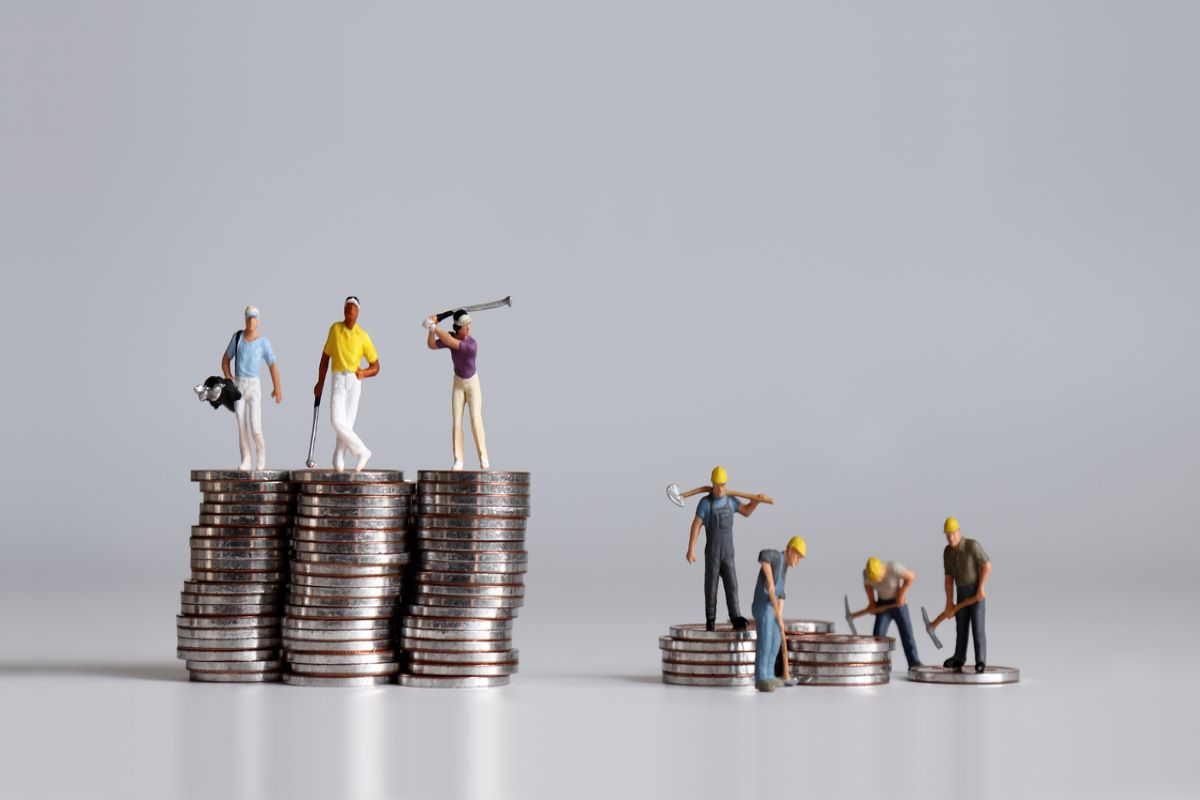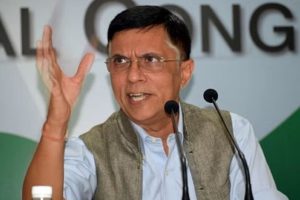Life is unfair, but what can we do about it? Income and wealth inequality is unjust, and yet the world continues to tolerate rising injustice, the most recent being inequalities in vaccine distribution.
French political economist Thomas Piketty and his colleagues at the World Inequality Lab have just published the World Inequality Report 2022, a real goldmine in data and insights on global inequalities. I found at least three nuggets inside that are blindingly obvious, but no one has quite tied these together as well as Piketty and his team.
Advertisement
First, inequality is primarily a political issue. We can all do something about it, but since politics has been captured by money, the few remain more equal than the many. Between 1995 and 2021, the top one per cent wealthiest people in the world captured 38 per cent of the growth in global wealth, whereas the bottom 50 per cent had a pitiful 2 per cent share.
Similarly, the richest 10 per cent of world population take home 52 per cent of global income, whereas the bottom half earned only 8.5 per cent. The Report showed why these inequities could not be reduced despite increases in average income and wealth per capita. The progressive tax rates where the rich paid more than the poor, introduced in the first half of the 20th century to deal with inequality, were dismantled in the 1980s.
The neoliberal free-market philosophy preached low taxes and small governments to encourage entrepreneurship but effectively handed more income and wealth to the elite few. Piketty’s second historical insight is that Europe and later America got rich on the back of both the Industrial Revolution and colonization. In 1820, between country (intercountry) inequality was only 11 per cent of global inequality meaning that most inequality was domestic (intra-country).
But inter-country inequality rose when the West advanced with industrialization and resource extraction from the colonies. That peaked in 1980 when it represented 57 per cent of global inequality. Since then, the rise in income of China, India and other newly independent countries narrowed the gap with the West, but by 2020, domestic inequality again accounted for 68 per cent of global inequality. This meant that the developing countries allowed their own inequalities to worsen, even as they were narrowing the gap with the West.
In short, the rich are the same everywhere. They have more and want more. But there is a twist to this story. One reason why the Rest has caught up with the West is that “nations became richer, but governments have become poor.” In essence, because the European, North American and Japanese governments used debt to tackle slow growth since the 1980s, private wealth grew at the expense of public wealth.
Privatization policies transferred public wealth such as utilities to the private sector, whereas public sector debt continued to increase. UK and US public wealth which was around 15-30 per cent of total wealth before the 1980s declined to net liabilities of -10 to -20 per cent of total wealth respectively.
Contrast this with China and Russia, where public wealth represents around 30 per cent of national wealth, down from 70 per cent at the end of the 1980s. The third Report insight is that inequalities and climate change are highly co-related. Between 1850- 2020, half (49 per cent) of historical carbon emission was accounted by North America (27 per cent) and Europe (22 per cent). China accounted for 11 per cent, but has become the largest emitter, although per capita emission remains lower.
A recent IMF study pointed out that “the richest countries represent only 16 per cent of the world population but almost 40 per cent of CO2 emissions. The two categories of the poorest countries in the World Bank classification account for nearly 60 per cent of the world’s population, but for less than 15 per cent of emissions.” The COP-26 debate was all about whether China, India and other emerging markets that are increasing their carbon emissions should do more on Net Zero pledges.
The entanglement between CO2 emission and income and wealth levels suggest that climate warming policies should focus more on making those responsible for carbon emissions pay more for remedial climate action. The bottom 50 per cent of population in Europe emits around 5 tonnes of carbon per person per year, with their counterpart class emitting three tonnes in East Asia and 10 tonnes in North America.
But the top 10 per cent in these regions account for 29 tonnes in Europe, 39 tonnes in Asia and 73 tonnes in North America. Indeed, the top 1 per cent in the US account for 269 tonnes of carbon per person per year, compared with 139 tonnes for the top 1 per cent in China. The rich everywhere are the biggest carbon emitters.
All these suggest that tackling climate change and social injustice are part of a total political package, cutting across nations. It’s one thing to promise to cut carbon to Net Zero, it’s another to design the projects and programmes to deliver on their promises. Back home, each government will face huge resistance from vested interests that want to delay or just green-wash any action. In other words, talk more and do less.
The Report has made some excellent suggestions to tackle inequality, such as progressive tax measures and a global asset register that are bound to be controversial. But to be effective, they need global cooperation. No single country can impose higher tax rates or tougher action without being undercut by another country.
Since everything is politics, I have to agree with inequality blogger Branko Milanovic that the recent Summit on Democracies is the wrong idea for the world, because it tried to divide the world into two opposing ideological camps. The priority should be to work together globally to tackle climate and human inequalities that require domestic action against vested interests that are common across nations.
The next Global Summit should be about how to tackle inequalities. Given such complex issues and facts raised by the Piketty and his colleagues, the least we can do is to have a democratic, transparent and constructive dialogue on how those who can afford and emit more carbon should pay more taxes to foster a more sustainable and inclusive world.
(The writer is a Distinguished Fellow, Asia Global Institute, University of Hong Kong and a former financial regulator.) Special to ANN.











